If you have diabetes, you may wonder if salted peanuts are a safe snack option for you. Peanuts are not only delicious but they also offer a variety of health benefits. In this comprehensive guide, we will explore the relationship between salted peanuts and diabetes, including the potential benefits, risks, and recommendations for incorporating them into a diabetic-friendly diet. **Understanding Diabetes and Nutritional Needs** Diabetes is a chronic condition that affects how your body processes glucose, or blood sugar. There are two main types of diabetes: type 1, which is typically diagnosed in childhood or early adulthood, and type 2, which is more common and often develops later in life. Both types of diabetes require careful management of blood sugar levels through diet, exercise, medication, and monitoring. For individuals with diabetes, maintaining stable blood sugar levels is crucial for overall health and wellbeing. This often involves making mindful food choices that help regulate blood sugar levels and prevent spikes and crashes. While carbohydrates have the most direct impact on blood sugar levels, the combination of macronutrients in a meal or snack, including protein and fat, can also influence how the body processes glucose. **Benefits of Salted Peanuts for Diabetics** Salted peanuts can be a nutritious and satisfying snack option for individuals with diabetes for several reasons: 1. **Rich in Protein:** Peanuts are a good source of plant-based protein, which can help promote feelings of fullness and satiety. Including protein in your snacks can help prevent dips in blood sugar levels and reduce cravings for high-carbohydrate foods. 2. **Fiber Content:** Peanuts are also a good source of dietary fiber, which is important for digestive health and can help regulate blood sugar levels. Fiber slows down the absorption of sugar in the bloodstream, which can help prevent sudden spikes in blood sugar levels after eating. 3. **Healthy Fats:** While peanuts are high in fat, they primarily contain heart-healthy monounsaturated and polyunsaturated fats. These fats can help improve cholesterol levels and reduce the risk of heart disease, which is a common complication of diabetes. 4. **Micronutrients:** Peanuts are a good source of essential micronutrients, including vitamin E, magnesium, and folate. These nutrients play a role in various bodily functions and can contribute to overall health and wellbeing. 5. **Antioxidants:** Peanuts contain antioxidants, such as resveratrol and vitamin E, which can help reduce inflammation and oxidative stress in the body. Chronic inflammation is associated with an increased risk of diabetes complications, so including antioxidant-rich foods in your diet can be beneficial.
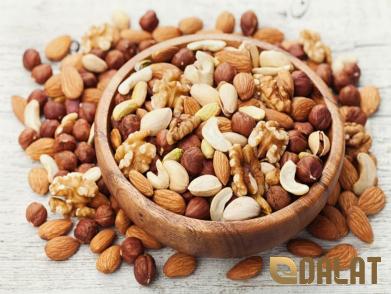
.
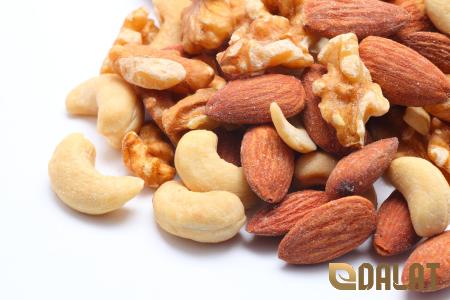 **Potential Risks of Salted Peanuts for Diabetics** While salted peanuts offer many health benefits, there are some considerations to keep in mind when including them in a diabetic meal plan: 1. **Caloric Density:** Peanuts are calorie-dense, which means that consuming large quantities can contribute to weight gain. For individuals with diabetes who are also trying to manage their weight, portion control is essential when eating salted peanuts. 2. **Salt Content:** Salted peanuts, as the name suggests, contain added salt. Excessive salt intake can lead to high blood pressure and increase the risk of heart disease, especially for individuals with diabetes who are already at higher risk for cardiovascular complications. 3. **Allergies:** Peanuts are a common allergen, and individuals with a peanut allergy should avoid consuming them to prevent potentially serious allergic reactions. It’s important to read labels carefully and be cautious when consuming products that may contain peanuts or traces of peanuts. 4. **Glycemic Index:** While peanuts have a low glycemic index, meaning they have a minimal impact on blood sugar levels, the salted coating on some peanuts may contain sugar or additives that could affect blood sugar levels. It’s essential to choose unsalted or lightly salted peanuts to minimize additional sugar intake. **Incorporating Salted Peanuts into a Diabetic-Friendly Diet** If you enjoy salted peanuts and want to include them in your diabetic meal plan, here are some tips to help you do so in a healthy and balanced way: 1. **Practice Portion Control:** Remember that even healthy snacks like salted peanuts should be consumed in moderation. A serving size of peanuts is typically around 1 ounce, which is equivalent to a small handful.
**Potential Risks of Salted Peanuts for Diabetics** While salted peanuts offer many health benefits, there are some considerations to keep in mind when including them in a diabetic meal plan: 1. **Caloric Density:** Peanuts are calorie-dense, which means that consuming large quantities can contribute to weight gain. For individuals with diabetes who are also trying to manage their weight, portion control is essential when eating salted peanuts. 2. **Salt Content:** Salted peanuts, as the name suggests, contain added salt. Excessive salt intake can lead to high blood pressure and increase the risk of heart disease, especially for individuals with diabetes who are already at higher risk for cardiovascular complications. 3. **Allergies:** Peanuts are a common allergen, and individuals with a peanut allergy should avoid consuming them to prevent potentially serious allergic reactions. It’s important to read labels carefully and be cautious when consuming products that may contain peanuts or traces of peanuts. 4. **Glycemic Index:** While peanuts have a low glycemic index, meaning they have a minimal impact on blood sugar levels, the salted coating on some peanuts may contain sugar or additives that could affect blood sugar levels. It’s essential to choose unsalted or lightly salted peanuts to minimize additional sugar intake. **Incorporating Salted Peanuts into a Diabetic-Friendly Diet** If you enjoy salted peanuts and want to include them in your diabetic meal plan, here are some tips to help you do so in a healthy and balanced way: 1. **Practice Portion Control:** Remember that even healthy snacks like salted peanuts should be consumed in moderation. A serving size of peanuts is typically around 1 ounce, which is equivalent to a small handful.
..
 Measuring out your portion can help prevent overeating and keep your calorie and carbohydrate intake in check. 2. **Choose Unsweetened Varieties:** When selecting salted peanuts, opt for unsweetened or lightly salted varieties to minimize your intake of added sugars and unnecessary additives. Reading nutrition labels can help you make informed choices about the products you consume. 3. **Pair with Balanced Foods:** Snacking on salted peanuts can be even more satisfying and nutritious when paired with other foods that complement their protein and fat content. Consider pairing peanuts with a piece of fruit, such as an apple or berries, for a balanced snack that provides a mix of fiber, vitamins, and minerals. 4. **Monitor Blood Sugar Levels:** As with any food or meal, it’s essential to monitor your blood sugar levels before and after consuming salted peanuts to understand how your body responds. Keeping track of how different foods impact your blood sugar can help you make informed choices and adjust your meal plan as needed. **Conclusion** Salted peanuts can be a nutritious and delicious snack option for individuals with diabetes when consumed in moderation and as part of a balanced meal plan. With their protein, fiber, and healthy fat content, peanuts offer a variety of health benefits that can support overall wellbeing. By being mindful of portion sizes, choosing unsweetened varieties, and monitoring blood sugar levels, you can enjoy salted peanuts as part of a diabetic-friendly diet. Remember to consult with a healthcare provider or registered dietitian to develop a personalized meal plan that meets your nutritional needs and supports your diabetes management goals. With careful planning and mindful eating, you can enjoy salted peanuts as a satisfying snack that contributes to your overall health and wellbeing. **Recipe Ideas with Salted Peanuts for Diabetics** If you’re looking for creative ways to incorporate salted peanuts into your diabetic-friendly diet, here are some recipe ideas to inspire you: 1. **Peanut Butter and Apple Slices:** Spread a tablespoon of natural peanut butter (made from 100% peanuts without added sugars or oils) on apple slices for a satisfying and nutritious snack. The combination of protein, fiber, and natural sweetness makes this a great option for managing blood sugar levels.
Measuring out your portion can help prevent overeating and keep your calorie and carbohydrate intake in check. 2. **Choose Unsweetened Varieties:** When selecting salted peanuts, opt for unsweetened or lightly salted varieties to minimize your intake of added sugars and unnecessary additives. Reading nutrition labels can help you make informed choices about the products you consume. 3. **Pair with Balanced Foods:** Snacking on salted peanuts can be even more satisfying and nutritious when paired with other foods that complement their protein and fat content. Consider pairing peanuts with a piece of fruit, such as an apple or berries, for a balanced snack that provides a mix of fiber, vitamins, and minerals. 4. **Monitor Blood Sugar Levels:** As with any food or meal, it’s essential to monitor your blood sugar levels before and after consuming salted peanuts to understand how your body responds. Keeping track of how different foods impact your blood sugar can help you make informed choices and adjust your meal plan as needed. **Conclusion** Salted peanuts can be a nutritious and delicious snack option for individuals with diabetes when consumed in moderation and as part of a balanced meal plan. With their protein, fiber, and healthy fat content, peanuts offer a variety of health benefits that can support overall wellbeing. By being mindful of portion sizes, choosing unsweetened varieties, and monitoring blood sugar levels, you can enjoy salted peanuts as part of a diabetic-friendly diet. Remember to consult with a healthcare provider or registered dietitian to develop a personalized meal plan that meets your nutritional needs and supports your diabetes management goals. With careful planning and mindful eating, you can enjoy salted peanuts as a satisfying snack that contributes to your overall health and wellbeing. **Recipe Ideas with Salted Peanuts for Diabetics** If you’re looking for creative ways to incorporate salted peanuts into your diabetic-friendly diet, here are some recipe ideas to inspire you: 1. **Peanut Butter and Apple Slices:** Spread a tablespoon of natural peanut butter (made from 100% peanuts without added sugars or oils) on apple slices for a satisfying and nutritious snack. The combination of protein, fiber, and natural sweetness makes this a great option for managing blood sugar levels.
…
 2. **Thai Peanut Slaw:** Create a colorful and flavorful Thai-inspired slaw with shredded cabbage, carrots, bell peppers, and a dressing made from peanut butter, lime juice, soy sauce, and a touch of honey or sweetener of your choice. Top the slaw with a sprinkle of chopped salted peanuts for added crunch. 3. **Banana Peanut Butter Smoothie:** Blend a ripe banana with a tablespoon of peanut butter, unsweetened almond milk, a dash of cinnamon, and ice for a creamy and indulgent smoothie. Top with crushed salted peanuts for extra texture and flavor. 4. **Asian-Inspired Stir-Fry:** Incorporate salted peanuts into a vegetable stir-fry with tofu, broccoli, bell peppers, and snap peas. Toss the stir-fry in a sauce made from soy sauce, ginger, garlic, and a dollop of peanut butter for a savory and protein-rich meal. 5. **Greek Yogurt Parfait:** Layer plain Greek yogurt with fresh berries, a drizzle of sugar-free syrup or honey, and a sprinkle of salted peanuts for a protein-packed and satisfying dessert or breakfast option. **Safety Precautions and Considerations** When consuming salted peanuts as part of a diabetic meal plan, it’s essential to keep the following safety precautions and considerations in mind: 1. **Allergies:** If you have a known peanut allergy, avoid consuming salted peanuts or products containing peanuts to prevent allergic reactions. Be cautious when dining out or trying new foods to ensure they do not contain peanuts or traces of peanuts. 2. **Hydration:** Salted peanuts can be high in sodium, which can contribute to dehydration if consumed in excess. Make sure to stay hydrated by drinking plenty of water throughout the day, especially if you enjoy salted snacks like peanuts. 3. **Blood Sugar Monitoring:** Regularly monitoring your blood sugar levels before and after consuming salted peanuts can help you understand how they impact your body and adjust your meal plan as needed. Keep a log of your meals, snacks, and blood sugar readings to track patterns and make informed decisions. 4. **Consult a Healthcare Provider:** Before making significant changes to your diet or meal plan, consult with a healthcare provider, such as a doctor or registered dietitian, who can provide personalized guidance based on your specific health needs and goals.
2. **Thai Peanut Slaw:** Create a colorful and flavorful Thai-inspired slaw with shredded cabbage, carrots, bell peppers, and a dressing made from peanut butter, lime juice, soy sauce, and a touch of honey or sweetener of your choice. Top the slaw with a sprinkle of chopped salted peanuts for added crunch. 3. **Banana Peanut Butter Smoothie:** Blend a ripe banana with a tablespoon of peanut butter, unsweetened almond milk, a dash of cinnamon, and ice for a creamy and indulgent smoothie. Top with crushed salted peanuts for extra texture and flavor. 4. **Asian-Inspired Stir-Fry:** Incorporate salted peanuts into a vegetable stir-fry with tofu, broccoli, bell peppers, and snap peas. Toss the stir-fry in a sauce made from soy sauce, ginger, garlic, and a dollop of peanut butter for a savory and protein-rich meal. 5. **Greek Yogurt Parfait:** Layer plain Greek yogurt with fresh berries, a drizzle of sugar-free syrup or honey, and a sprinkle of salted peanuts for a protein-packed and satisfying dessert or breakfast option. **Safety Precautions and Considerations** When consuming salted peanuts as part of a diabetic meal plan, it’s essential to keep the following safety precautions and considerations in mind: 1. **Allergies:** If you have a known peanut allergy, avoid consuming salted peanuts or products containing peanuts to prevent allergic reactions. Be cautious when dining out or trying new foods to ensure they do not contain peanuts or traces of peanuts. 2. **Hydration:** Salted peanuts can be high in sodium, which can contribute to dehydration if consumed in excess. Make sure to stay hydrated by drinking plenty of water throughout the day, especially if you enjoy salted snacks like peanuts. 3. **Blood Sugar Monitoring:** Regularly monitoring your blood sugar levels before and after consuming salted peanuts can help you understand how they impact your body and adjust your meal plan as needed. Keep a log of your meals, snacks, and blood sugar readings to track patterns and make informed decisions. 4. **Consult a Healthcare Provider:** Before making significant changes to your diet or meal plan, consult with a healthcare provider, such as a doctor or registered dietitian, who can provide personalized guidance based on your specific health needs and goals.
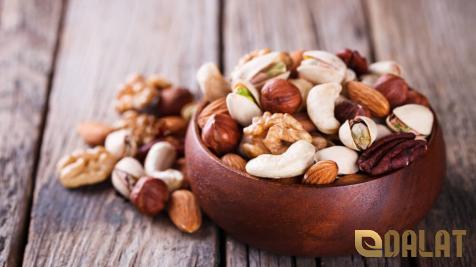

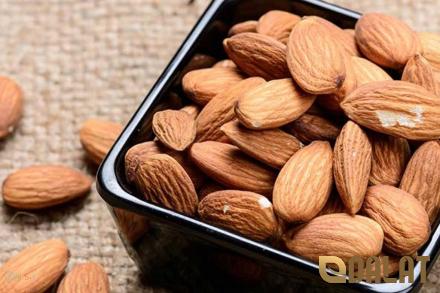
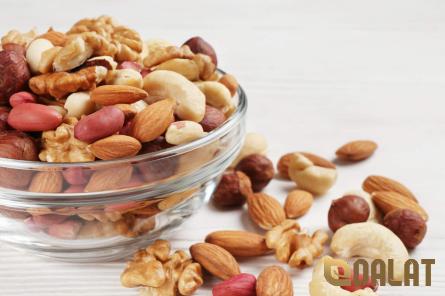
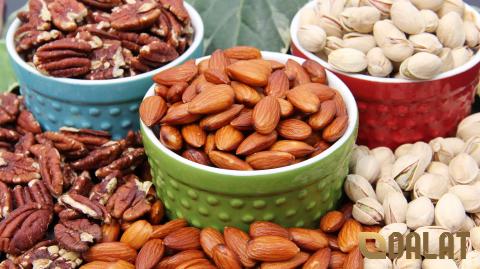
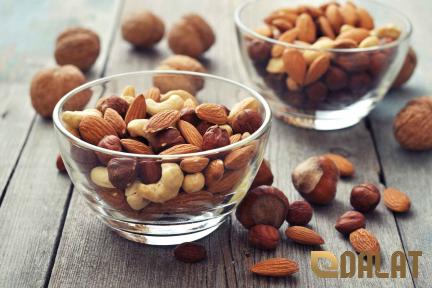
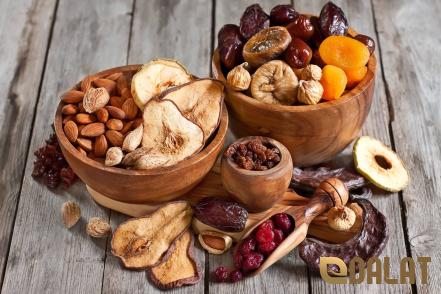

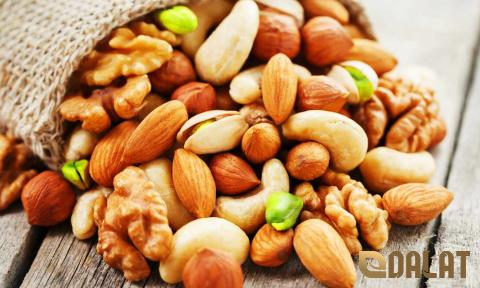
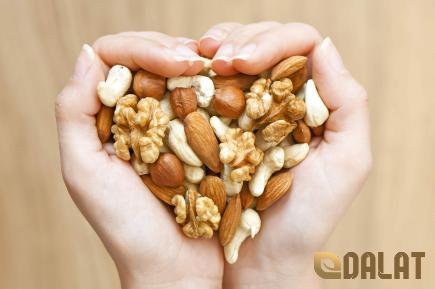
Your comment submitted.